What are harnessing cables? How important are they?
In electrical systems, harnessing cables can address two key challenges, namely geometric constraints and electrical requirements, offering robust physical support for specialized spaces.
1. Features of harnessing cables
A harnessing cable is a set of cables that are already fitted with connectors. These cables are arranged systematically, and their wires and connectors are connected according to specific principles. To optimize cable organization, they are often bundled together using cable glands, straps, electrical tape, cable ties, cable lacing, conduit, or a combination of these.
The process of designing harnessing cables is quite complex because it is based on the geometric and electrical requirements of the equipment to be installed. Once the initial design is established, engineers create a detailed schematic and begin assembling the necessary components for harnessing cables. The assembly board is a full-size diagram of harnessing cables, displaying all components and their locations.
During the designing process, the required cables are first cut to the desired length and labeled appropriately. Next, the cable ends are stripped to expose the uninsulated conductors and fitted with any required terminals or connector housings. Then, the cables and the components are assembled to the desired specifications and finally bonded together.
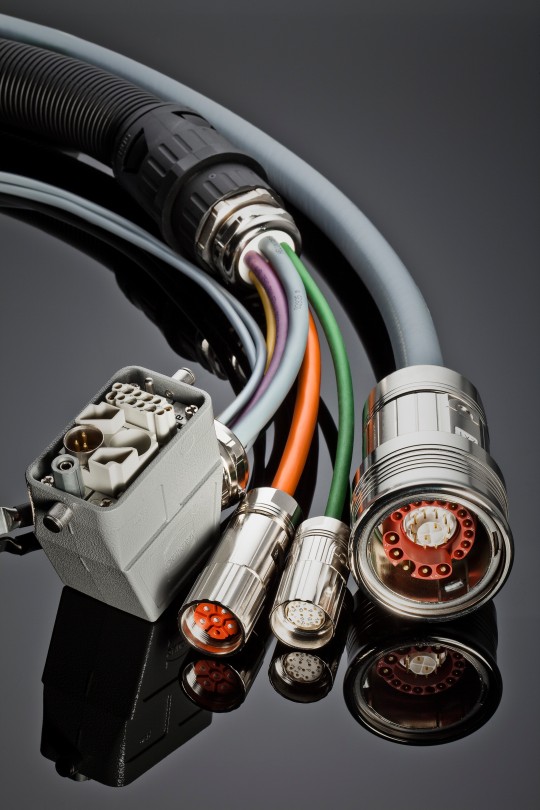
2. Benefits of using harnessing cables
Harnessing cables are crucial for transmitting signals and power from a single unit to multiple points, simplifying connections to larger components. This is an indispensable part of the drive technology solutions for many major brands, such as Siemens, Rockwell, Bosch…, offering a comprehensive integrated solution for their systems.
It is evident that harnessing cables provide significant benefits for cabling applications. Firstly, they offer significant time and cost savings. Specifically, for projects requiring numerous and lengthy cables, using individual cables with connectors can be time-consuming and labor-intensive. Additionally, organizing each cable to prevent complexity is challenging. Harnessing cables streamline the installation process, optimizing time and reducing construction costs for businesses. Furthermore, they simplify maintenance by reducing the number of connectors and arranging components logically, thereby decreasing maintenance time.
Also, harnessing cables help enhance safety. By integrating the cables and the connectors into a single unit, the components are protected from adverse effects like abrasion and chemical or moisture exposure. At the same time, the risk of electrical short circuits is significantly reduced thanks to the optimized use of space.
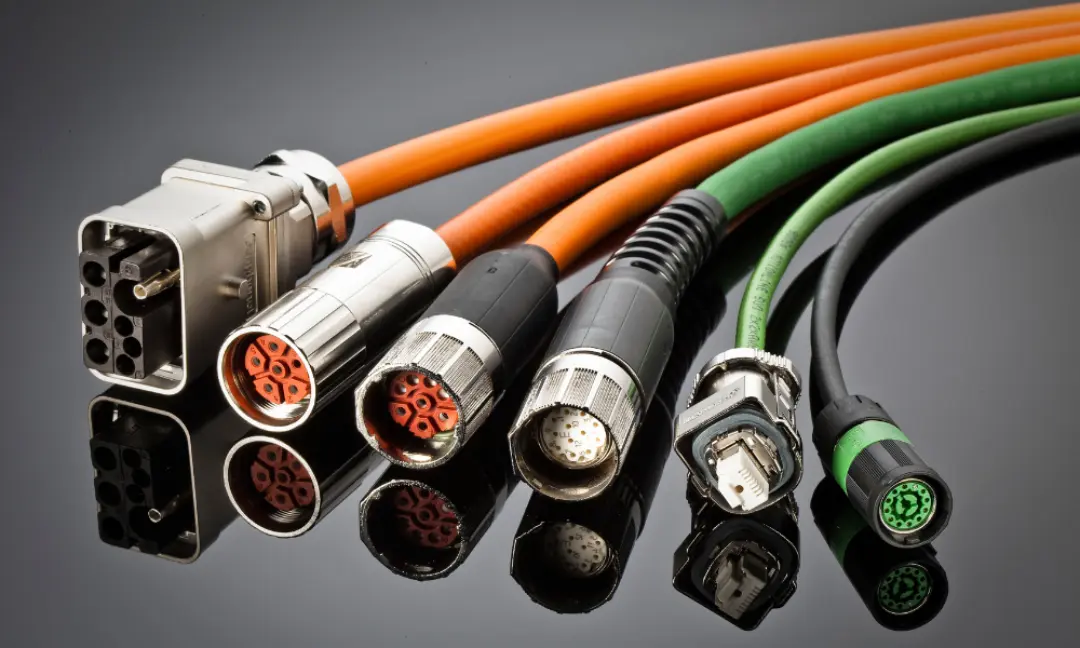
3. Applications of harnessing cables
Thanks to their exceptional features, harnessing cables can address numerous connection challenges in electrical systems, making them widely used across various industries, particularly those that depend heavily on cable organization.
Industries such as aerospace, medical, automotive, telecommunications, construction, and machine manufacturing frequently rely on harnessing cables to maximize efficiency and protect employees from the hazards of complex wiring systems.
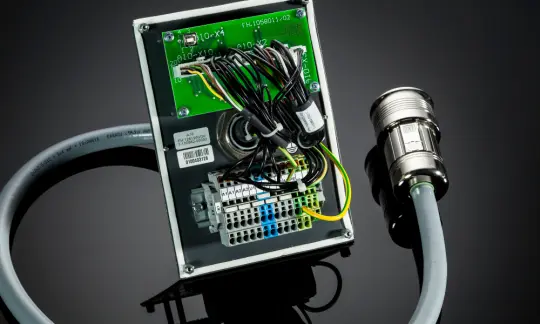
4. Harnessing solutions from HELUKABEL
As a business specializing in industrial cables, HELUKABEL Vietnam offers a comprehensive range of harnessing cables for various applications. Notably, our harnessing cables for drive motors are widely used in the automation industry. Additionally, we provide harnessing solutions for applications such as solar power systems, data networks, power supply systems, etc. In particular, we also customize harnessing cables to meet specific customer requirements, ensuring compatibility with the necessary machine parameters.
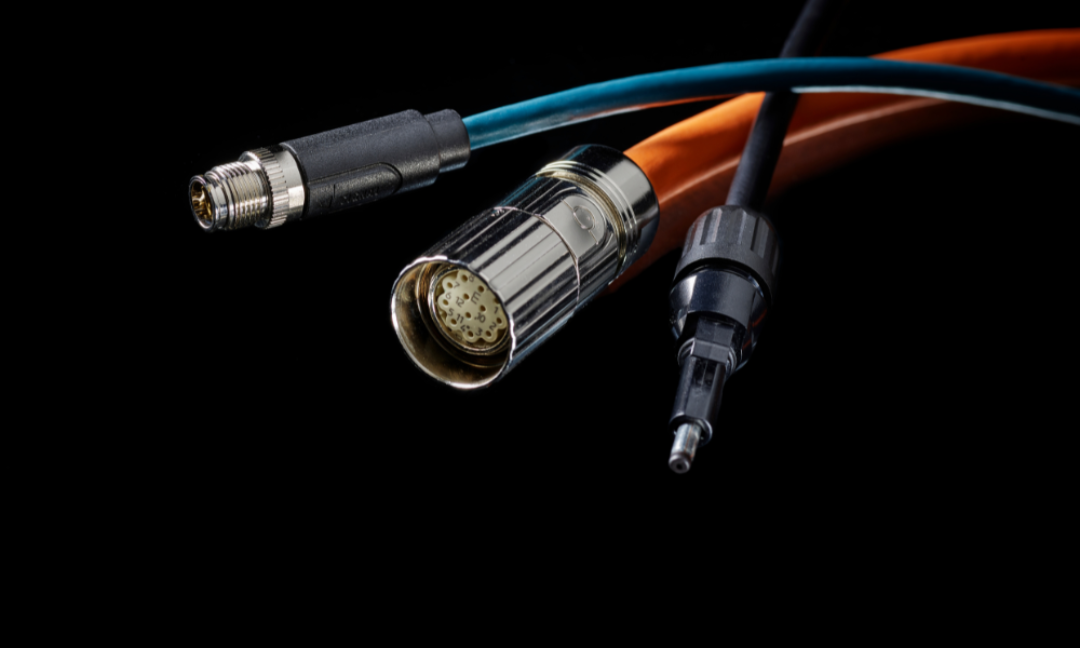
For more details about our harnessing solutions, don’t hesitate to contact our engineering team!
HELUKABEL® Vietnam
905, Nguyen Kiem Street, Ward 3, Go Vap District, Ho Chi Minh City 700000, Vietnam
Tel. +84 28 77755578 | info@helukabel.com.vn | www.helukabel.com.vn


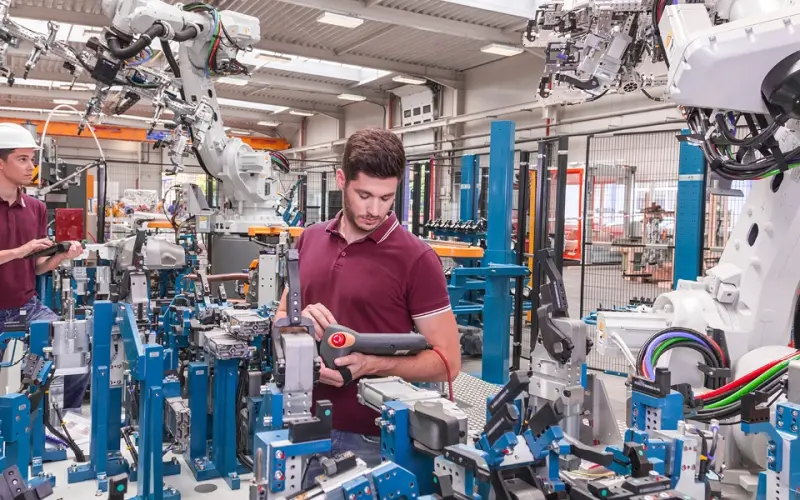
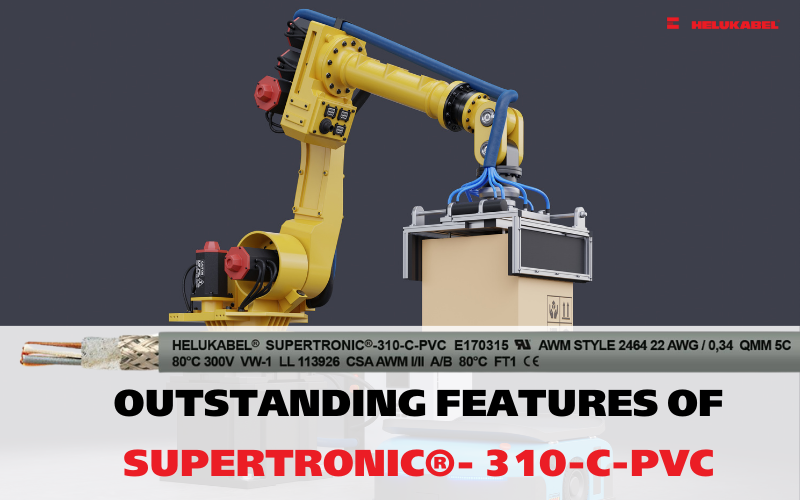
_welcome_slider.png)